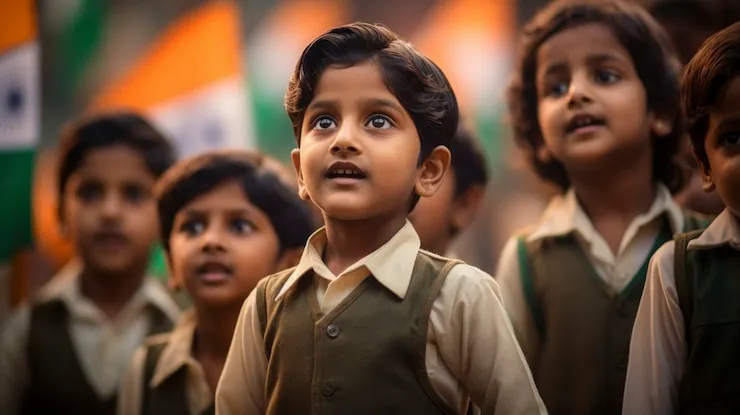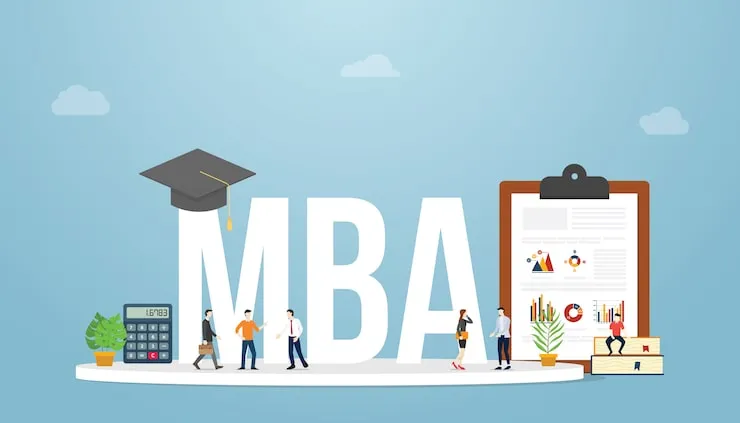West Bengal primary education is the starting line for millions of children. It might not make bold headlines, but it shapes futures quietly. In classrooms from Kolkata to rural districts, early learning begins here with letters, numbers, and nourishment. Let’s cut to the chase: this article explains how schooling for classes I–V works, who oversees it, and what makes the system tick.
How West Bengal Primary Education Actually Works?

When kids turn six, they enter a world of chalkboards and Bengali alphabets. Classes I through V form the core of West Bengal primary education. Most state-run schools operate in Bengali medium schools, especially beyond city limits. A handful of English or Urdu medium schools exist too, but Bengali remains the dominant language of instruction. What shapes what’s taught, how teachers are trained, and how schools are monitored? That’s the task of the West Bengal Board of Primary Education.
Read Also: Value Education Meaning: Importance, Types & Examples (2025)
Who Is in Charge: West Bengal Board of Primary Education?
The WB Board of Primary Education may be considered the system's backbone. They set syllabi, oversee hiring of primary teachers, and ensure textbooks reach classrooms on time. Inspections, assessments, teacher training, most of that flows through this board.
This group coordinates closely with the West Bengal education department, which funds schools, manages infrastructure, and rolls out statelevel schemes.
Classroom Reality: Bengali Medium Schools in Focus
In most villages, schooling means learning in Bengali. Bengali medium schools aren't just convenient—they’re culturally familiar. Kids start with basic rhymes, simple math, and slowly build reading skills. The comfort of learning in their mother tongue helps reduce friction and keeps many kids in school through Grade V.
Still, there’s increasing talk of introducing English early. The board is exploring blended learning models where kids learn Bengali at first and get basic English exposure simultaneously.
Where Things Are Going Right?
West Bengal’s primary system has its faults but progress is visible if you look closely.
- Enrollment: Records show nearly every girl and boy aged 6–10 is in school now.
- Equality: The gender gap has narrowed significantly across most districts.
- Meals for learning: The midday meal scheme West Bengal works kids come hungry, leave full, and keep coming back.
The midday meal program is one of the most tangible benefits. Rice, lentils, veggies, sometimes eggs cooked in kitchens run by local women’s selfhelp groups. Food is a major factor in kids remaining in school, according to their parents.
Challenges That Persist
All this progress sits atop serious issues. Many schools still lack adequate restrooms or pure drinking water. Teacher shortages are also typical in underdeveloped areas. Single teachers have to manage several grades simultaneously. Learning levels also remain inconsistent: studies show many Class V students still struggle with basic reading or arithmetic. These problems aren’t small. They hold back both kids and communities.
Read Also: Children Education Allowance Exemption in India
The Role of the West Bengal Education Department
The West Bengal education department is officially responsible for making things run better. They’ve rolled out:
- Real-time tracking of teacher attendance.
- School performance dashboards.
- Refresher training for teachers in child psychology and active learning.
- Infrastructure grants for new classrooms or toilets.
The department’s efforts include pilot smart classrooms—using projectors, tablets, or local language software in clusters of schools.The goal of these trials is to ignite curiosity and mitigate learning loss.
Beyond Books: Mid-Day Meal’s Wider Reach
The mid-day meal scheme in West Bengal is more than lunch. It’s a bridge between school and home. It reduces dropouts, especially among girls and disadvantaged groups. It improves nutrition too—and local ingredients mean a small local economy boost.
The state now runs pilot ideas: weekly eggs or fruit, improved hygiene checks, and community monitoring of meal quality. Despite logistical issues, the scheme remains a stable, successful element.
PostPandemic Reality: Catching Up Slowly
COVID19 hit primary education hard. Schools closed for months. Online classes didn’t work for thousands of children, especially those without devices or the internet. Learning loss happened, and the gaps are still being measured.
When schools reopened, the education department tried bridge courses, adjusted syllabi, and retrained teachers to detect emotional distress among students. But progress remains uneven. Some districts bounce back faster; others still lag behind.
What Lies Ahead for West Bengal Primary Education?

Fixing primary education in Bengal isn’t simple. But ideas are growing:
- Focus on foundational literacy and numeracy in early grades.
- Bilingual learning—where English enters bit by bit alongside Bengali.
- Stronger community participation in school committees.
- Technology tools to monitor attendance, infrastructure, and outcomes.
- Special attention to remote, tribal, and minority-populated zones.
The idea: shape a system that’s smarter, more inclusive, and still rooted in local culture.
Read: Best Education System in the World
Brief: Why It Still Matters?
This area of education gets little media attention. Yet, it impacts long-term income equality, future learning, and economic potential. A solid primary education sets the path forward—from mental health to basic life skills and future job readiness.
Even small gains, clean toilets, regular meals, teacher training can change trajectories. That’s the real value of West Bengal primary education.
Conclusion
In the end, West Bengal's primary education system is a story of planned yet ongoing improvement. Though it's rough and spotty, it also has great potential. From basic Bengali alphabets to midmeal, it is a system founded on the conviction that every kid should begin their educational trip properly fed and confident.
With support from the West Bengal Bard of Primary Education, active governance by the West Bengal education department, and welfare measures like the midday meal scheme West Bengal, it’s a foundation worth building,school by school, child by child.













